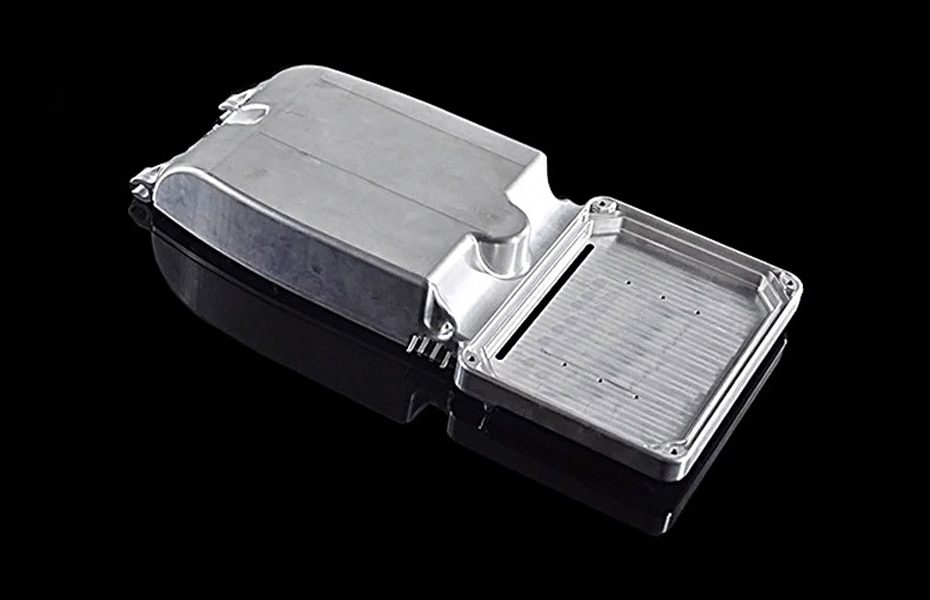CNC machining has been considered for prototyping for several years now. Even if there are different additive prototype manufacturing processes dominating the market, the contribution of CNC prototyping is still valuable. Additive prototyping methods may deem fit for building visual prototypes but for creating functional prototypes, the CNC machining is considered suitable.
An Overview of CNC Rapid Prototyping
CNC rapid prototyping is a process of manufacturing functional prototypes of products using the Computer Numeric Machining (CNC) process. In this process, a digital replica of the product to be manufactured is created, and then the CNC code is updated to the CNC machine for manufacturing the prototype.
Rapid prototyping in CNC machining is a subtractive process. In this process, the CNC tool removes material from the workpiece in order to manufacture a physical prototype. Rapid prototyping in CNC machining is often selected for the prototypes that need to “look-alike-work-alike” a final product. Unlike, additive rapid prototyping, CNC prototyping can offer prototypes that are not only visually similar but also function the same as the final product.
CNC rapid prototyping is suited for applications where prototype strength, versatility, and mechanical stability matters. It offers numerous benefits that drive manufacturers to choose CNC machining for rapid prototyping.
Computer Numerical Control machining, or CNC machining provides a number of advantages when it comes to creating durable products with speed and accuracy. Let’s take a closer look at CNC machining and why you should choose CNC machining for rapid prototyping.
Precise Tolerances
As the full name implies, Computer Numerical Control machining is controlled by a computer program. Essentially, the machine uses a CAD drawing file to create an item from a solid block of material. And while machines can sometimes break down or experience errors, they’re much more accurate than even the most skilled human operator.
As long as the machine is set up properly and the design files are correct, CNC machining can produce items with very tight tolerances. Some CNC machines are capable of tolerances as close as +0.05mm or 50 microns. This precision makes it easy to create prototypes exactly as you envision them, with intricate detail, multiple components or any design features you need.
Mimics Finished Product
Some prototypes are designed to simply mimic the appearance of the finished product, while others are designed to mimic its form as well as its function. When you choose CNC machining for rapid prototyping, the prototype will very closely resemble the finished product, including appearance as well as functionality.
Depending on the design of your prototype, you can use CNC machining to construct a single finished piece, or multiple pieces to assemble the prototype. Other rapid prototyping processes, like 3D printing, often produce visual representations of the prototype or components. CNC machining, on the other hand, creates products very similar to those produced through injection molding, which is commonly used in mass production. Therefore, CNC machining produces durable, functional pieces that will very closely resemble the finished, sale-ready product.
Many Different Materials Available
While processes like 3D printing generally work with plastic polymers, CNC machining works with a wide variety of different materials. Aluminum and aluminum alloys are the most common materials used in CNC machining, however there are many other materials available. CNC machines may also use brass and stainless steel, as well as non-metallics like plastics, wood and foam. This makes it easy to construct a prototype with the hardness, tensile strength, wear resistance, and other important characteristics.
Easy to Change
Since CNC machining is controlled by a computer program and attached to a computer design file, it’s relatively easy to change and edit your prototype as you continue to improve and develop the design. In a full-production run using injection molding or similar processes, it’s very difficult and expensive to change the design. Choosing CNC machining for rapid prototyping allows you to continue to make improvements.
Fast Turnaround
CNC machining is an efficient process that can give you hundreds of units in a very short time. Once the design files are perfected and the process is set up, the machines will work quickly and precisely. While 3D printing can take hours to produce a single unit, CNC machining can produce dozens or hundreds of units in the same time frame.
Short Run
CNC machining can produce a few dozen or hundreds of thousands of units. If you have reached the stage in your prototype development where you are ready to test your product with your first users, CNC machining can quickly produce multiple usable, durable prototypes that closely mimic the final product
Finishing Options
With your parts constructed, there are also many finishing options to make it easy to get the look and feel you want for your prototype. This may be especially important if you are comparing the effects of different appearances on sales values such as a painted finish compared to a chrome finish. Or you may wish to ensure that a particular finish performs the way you expect, such as a powder coated part adequately resisting rust. Your prototype may be left as-is, or it may be powder coated, sanded, chrome plated, bead blasted, anodized, and more.
There are many advantages of choosing CNC machining for rapid prototyping. If you have reached the point in your product development where you are ready for a short run of your design, contact us. We can provide you with a quote and help you streamline your design for the most cost-effective Aluminum CNC Machining.
